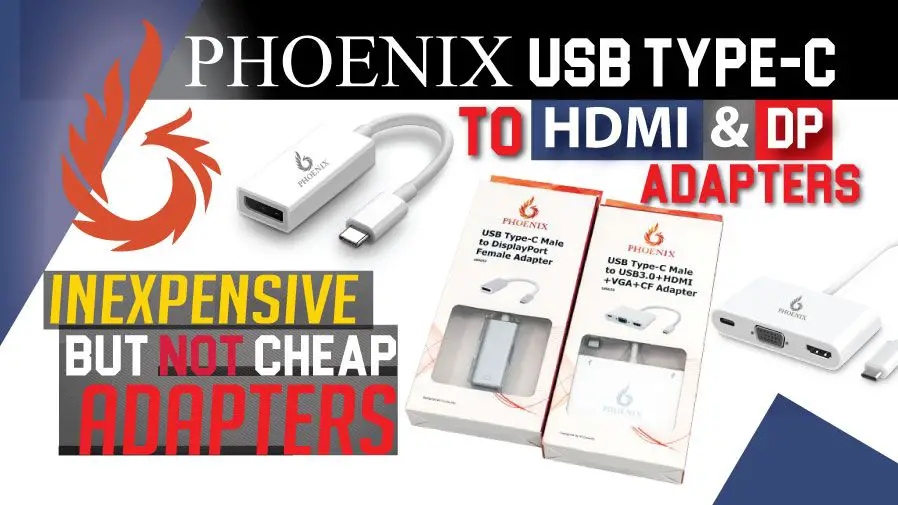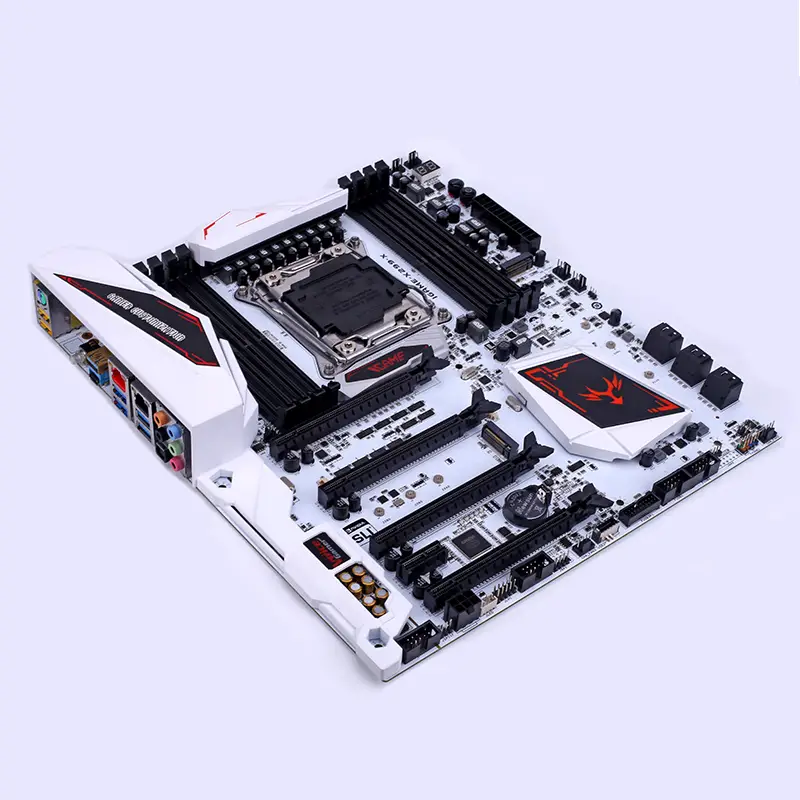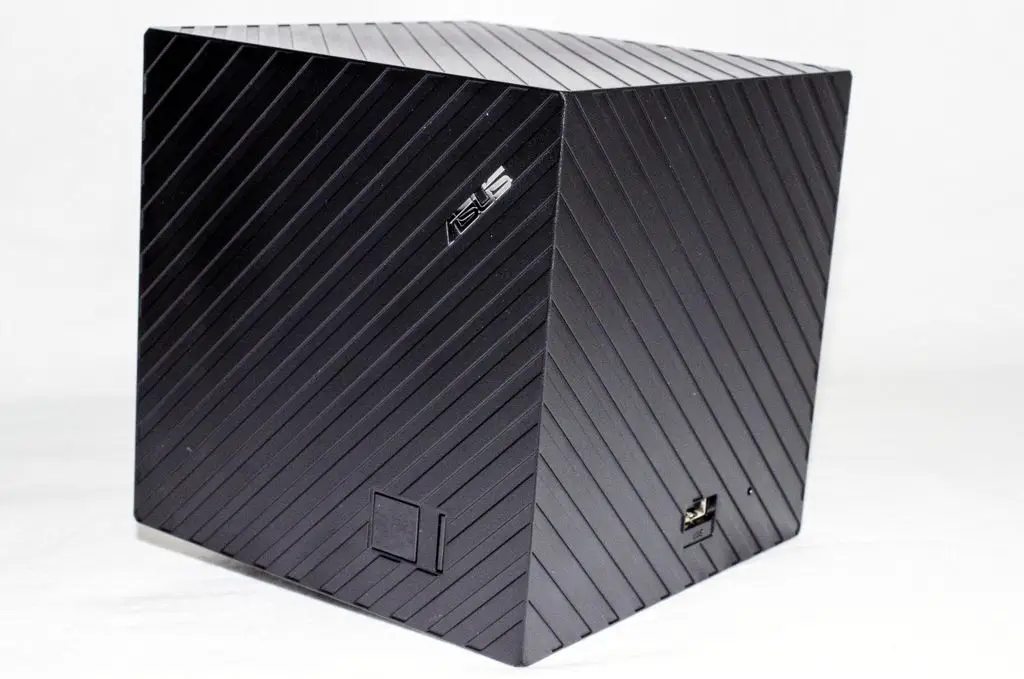It seems the more things change… the more they stay the same. It is a damning testament to the state of the portable computing marketplace that these types of devices are needed. It is also a damming testimony to the fact that price is a terrible way to choose one adapter over another. Put simply, spending any more than what Phoenix is asking is a waste of your money. These adapters either work or they do not. If they work, they probably are going to last longer than your next two laptops. Thanks to a sensible use of the more common controllers used in these types of adapters spending more will only get you three things: a thinner wallet, a known logo on the exterior of the chassis… and possible a longer cable. You will not get faster response rate, you will not get noticeably less lag, and you certainly will not use the USB connected monitor for anything more stressful that word processing, presentations, or watching movies.
Of these three issues the short cable Phoenix includes is the only real one worth worrying over. It is obvious that the designers of both the HDMI and DisplayPort models had laptops in mind. With a laptop… the port is only a few tenths of an inch away from your desk so it can easily reach the proper port and not be hanging off in space. With desktop users, the opposite is true. Since they cables are on 7 to 9 inches in length, they may not even reach from the motherboard Type-C port on the back to the top of you PC case. This is a bit disappointing as not everyone wants to add another video card just to be able to add another monitor to their system.
So if you fall in the small minority of users, whose camp includes ourselves, these may not be an optimal solution. Sadly, the alternatives are usually just as bad. So instead of worrying about spending more money, get a piece of double-sided tape and stick it to the side of your PC case… or rewire in a longer USB cable like we routinely do. A soldering iron, a glue gun and a bit of time is cheap. Tape is even cheaper. Finding an adapter with a long enough adapter is not.
As such we really can not find much fault with either model. They do their job, they have good enough aesthetics to not stick out like a sore thumb, and they cost less than the average adapter. What more could you want from such a lost cost investment?


![Syntech USB C Female to USB Male Adapter Pack of 3 [Aluminum Shell, High Stability] Type C Charger Cable Power Converter Compatible with iPhone 14 Plus Pro Apple Watch Series 8 AirPods CarPlay, etc.](https://m.media-amazon.com/images/I/41cxADyW1GL._SL160_.jpg)








